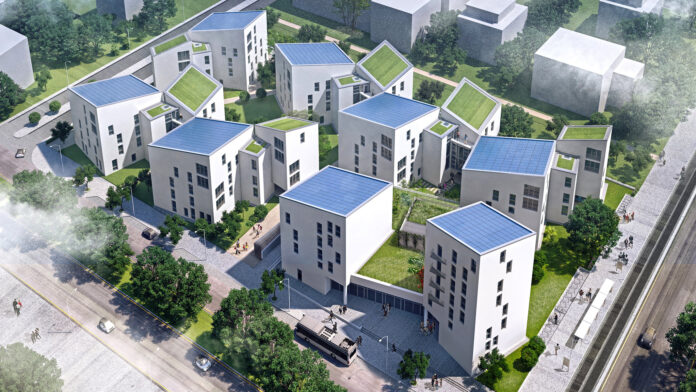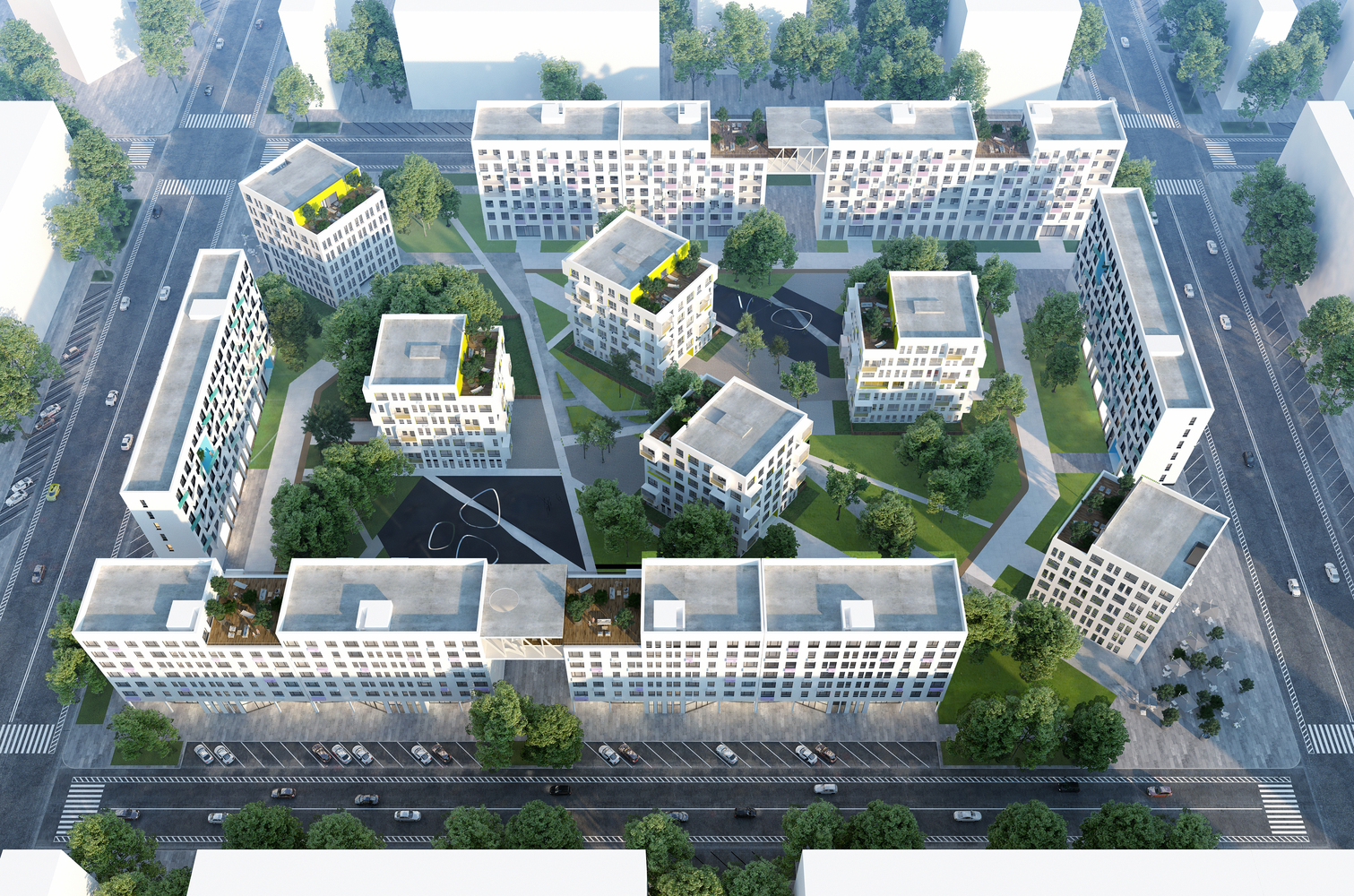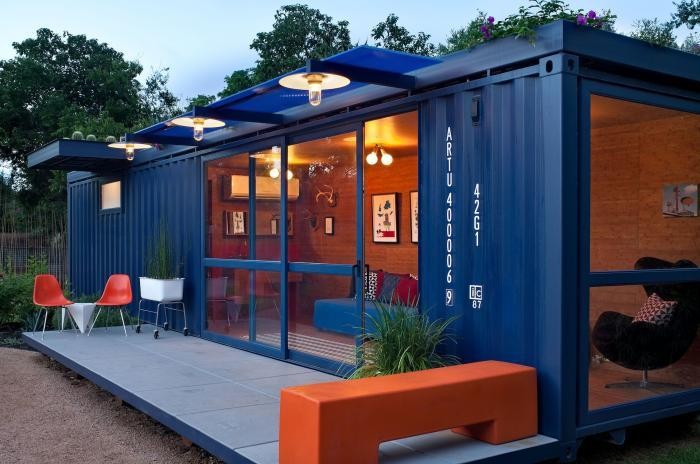In recent years, increasing consumer demand for sustainable products has emphasised a growing public awareness of the climate crisis. With governments setting ambitious goals like reaching net zero carbon emissions by 2050, the climate crisis is being thrown into the limelight – spurring people from all walks of life to make a change.
There are many different ways to do so, from upcycling household items to ethical shopping or investing. Yet, since a large proportion of carbon emissions come from the home, it only makes sense that people should search for ways to make their dwellings more energy efficient.
What are the benefits of eco-friendly homes?
However, even those with less altruistic motivations stand to gain much from reducing the carbon footprint that their house leaves. The benefits of doing so go far beyond saving on soaring energy bills amidst high levels of inflation, including:
- Cheaper house insurance
- Higher home value
- Better air quality
- Increased comfort
Yet sometimes, improving the home’s ability to minimise carbon emissions requires fundamental changes to its structure or the way that it operates – and this is too much to ask of the homeowner.
Sustainability needs to be integrated into the home long before any conveyancing solicitors oversee the transfer of property and before any keys switch hands. It should be an inseparable part of the design and construction process.
With that in mind, we’ve put together this list of housing projects that we think are leading the way in this regard.
5 leaders in UK sustainable housing
- The Wintles, Bishops Castle, Shropshire
The picturesque homes in this living village in Shropshire all feature draught-proof glazing, heat exchange units, and photovoltaic solar panels that reduce the need for energy use.
- BedZED, South London
15% of the construction materials used for this housing project were reclaimed or recycled products. Residents enjoy warm, well-ventilated houses sporting efficient appliances powered partly by solar panels.
- TY Eco Homes, Pembrokeshire
These Scandinavian-styled homes incorporate Passive Solar principles to cut the need for heating year-round. It’s estimated that each home in this project has the potential to save 24- tonnes of CO2 per year – that’s the same as planting roughly 1500 trees.
- East Village, London
Converted into a residential area after hosting 2012 Olympic games athletes by Get Living, a company committed to creating wider social value for the resident community, this project features swathes of green space between high-density apartment blocks. Residences all feature a high standard of insulation and efficiency, losing significantly less heat than low-rise housing.
- Primrose Hill Passivhaus, Plymouth
This development featuring 72 affordable homes is the largest residential Passivhaus project in the UK. This tried and tested solution for decarbonisation offer residents the opportunity to live in stylish and comfortable homes with extremely low gas and energy bills.



















